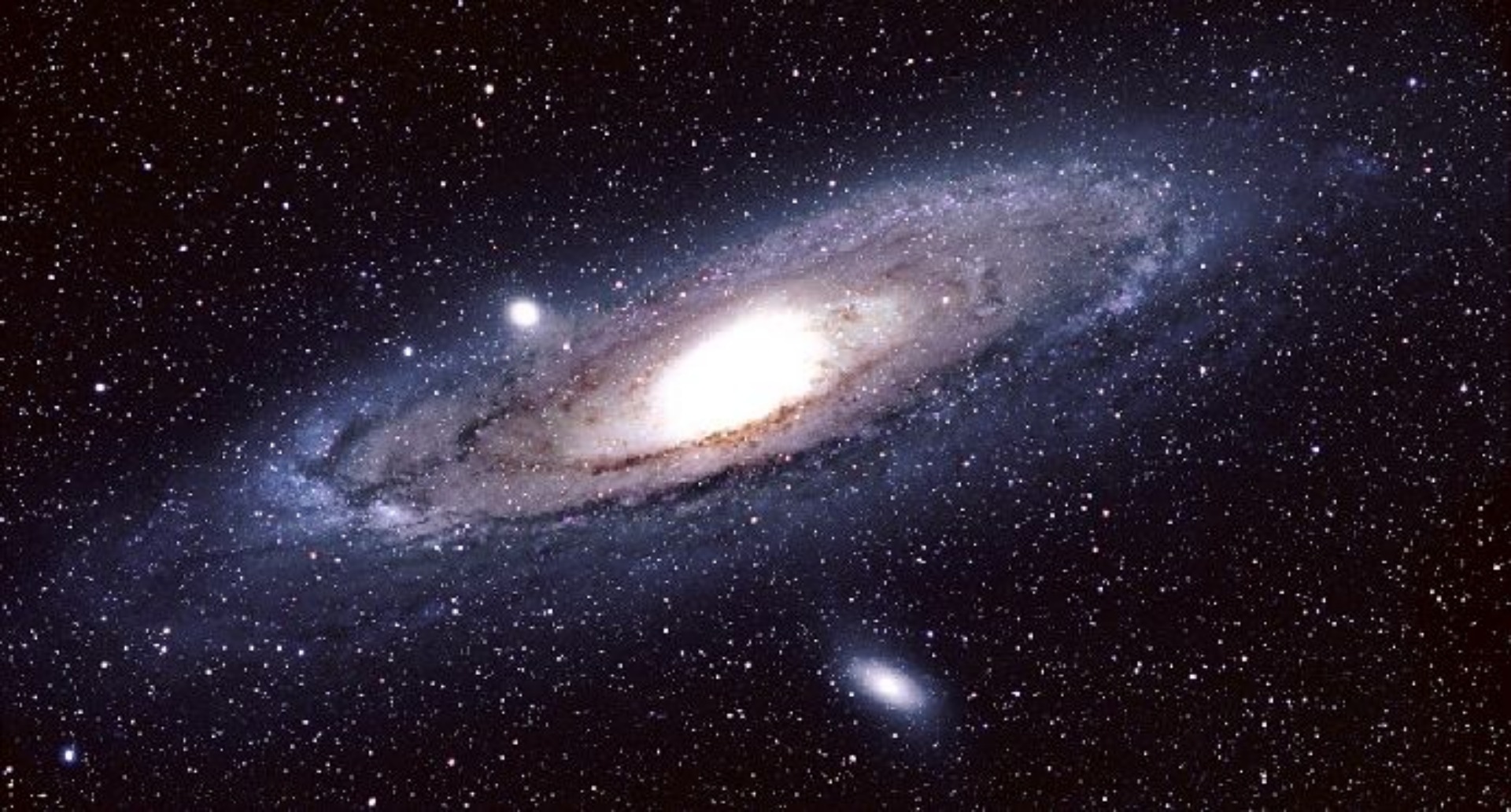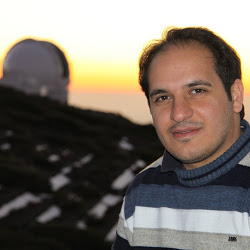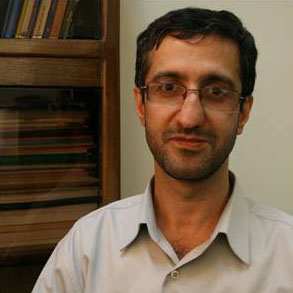
اخترفیزیک و کیهان شناسی
اخترفیزیک شاخهای از علوم فضایی است که قوانین فیزیک و شیمی را برای توضیح تولد، زندگی و مرگ ستارگان، سیارات، کهکشانها، سحابیها و دیگر اجرام در جهان به کار میگیرد. دارای دو شاخه نجوم و کیهان شناسی است و خطوط بین آنها محو می شود. در صلبترین مفهوم: - نجوم موقعیتها، درخشندگیها، حرکات و سایر ویژگیها را اندازهگیری میکند - اخترفیزیک نظریههای فیزیکی ساختارهای کوچک تا متوسط را در جهان ایجاد میکند - کیهانشناسی این کار را برای بزرگترین ساختارها، و جهان به عنوان یک کل در عمل انجام میدهد. این سه حرفه خانواده ای فشرده را تشکیل می دهند. موقعیت یک سحابی یا نوع نوری که از آن ساطع می شود را بپرسید، و ستاره شناس ممکن است ابتدا پاسخ دهد. بپرسید که سحابی از چه چیزی ساخته شده است و چگونه شکل گرفته است و اخترفیزیکدان آن را لوله می کند. بپرسید که چگونه دادهها با شکلگیری جهان مطابقت دارند، و کیهانشناس احتمالاً وارد آن خواهد شد. اما مراقب باشید - برای هر یک از این سؤالات، ممکن است دو یا سه سؤال همزمان شروع به صحبت کنند!








